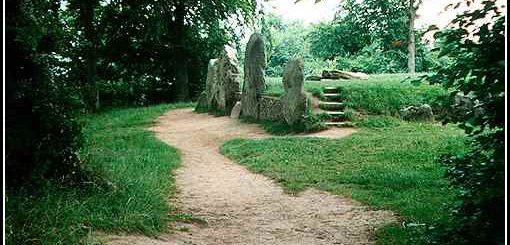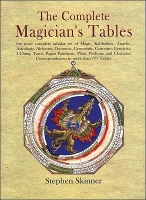Epona
The horse was very important in Celtic society, and the main goddess associated with the horse was Epona, worshiped widely throughout Britain and the Continent during the Iron Age and Roman Period.
The goddess is primarily Gaulish in origin, but was worshiped in Britain along with her other aspect Rhiannon who appears in the Mabinogion. She is often depicted in carvings sitting on a horse in the sidesaddle position or lying on a horse. A few representations of the goddess show her holding the cornucopia and other fruits. This may suggest a fertility aspect to her nature, the fact that horses were so important in Celtic society means she was likely to have been worshiped as a prime goddess.
![Rosemania [CC BY 2.0 (https://creativecommons.org/licenses/by/2.0)], via Wikimedia Commons](http://www.mysteriousbritain.co.uk/wp/wp-content/uploads/2018/12/Epona-285x300.jpg) Horses are depicted in relics from Celtic society from coins to hill figures. It is generally believed by archaeologists that the White Horse of Uffington was constructed during the Iron Age, and depicts one aspect of Epona.
Horses are depicted in relics from Celtic society from coins to hill figures. It is generally believed by archaeologists that the White Horse of Uffington was constructed during the Iron Age, and depicts one aspect of Epona.
Similar stylised horse representations can be found on coins minted from around 1000BC.
The appeal of the goddess is reflected in the fact that the Romans adopted Epona as their horse goddess, and she is the only Celtic goddess to have been worshiped in Rome. This may have stemmed from the admiration the Romans had of the horse skills of the tribes they conqured. In any event the spread of the conquering Romans helped to expand the worship of Epona, perhaps taking over more local horse goddesses.
Epona was invoked for all matters concerning horsemanship, and for that reason she was favoured by the military. As suggested she may also have been worshiped for fertility and prosperity, as well as her more traditional horse associations.




Recent Comments